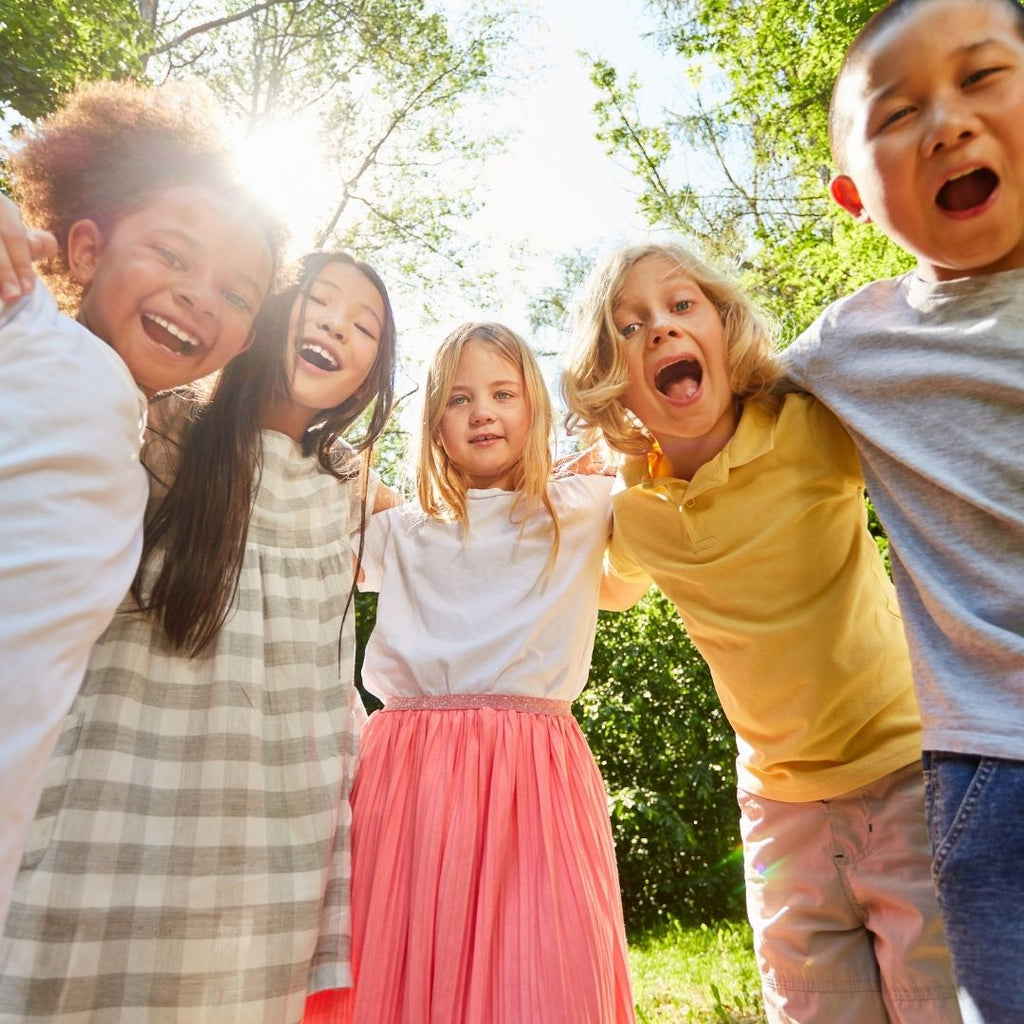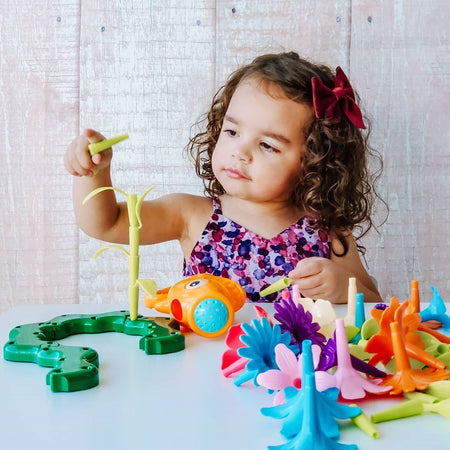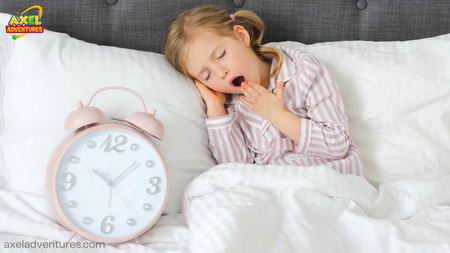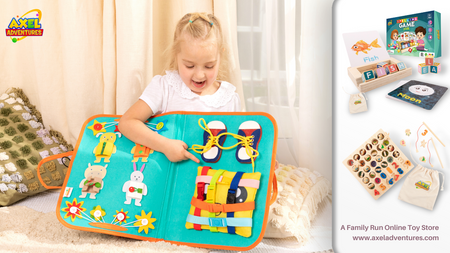Key pointers
- Outdoor play is good for your child’s physical health, development and self-confidence. It’s also great fun!
- Encourage your child to play outside several times a day!
- Outdoor play ideas include tummy time, ball play, nature walks, bike rides and more

Why outdoor play is important
Playing outside gives your child the chance to explore the natural environment and have adventures. Your child can play games, test their physical limits, express themselves and build their self-confidence.
Outdoor play can also mean more mess – and more mess often means more fun!
When your child is outside, your child probably has more space and freedom for big movements like running, jumping, kicking and throwing. Physical activities like these are good for your child’s health, fitness and physical development.
Spending time outdoors might lower your child’s chances of developing short-sightedness. And a bit of safe play in the sun can be good too – small amounts of sunlight exposure can help boost vitamin D levels.
Getting your child into outdoor play: ideas
It’s a good idea to encourage your child to play outside several times a day.
Outdoor play doesn’t have to be a big deal, particularly if you have an outdoor space at your home. Especially with older children, sometimes all you need to do is send them out the door and let them come up with their own games. When younger children are playing outside, though, they need your help to stay safe around outdoor hazards.
Many younger children love to ‘help’. This means that outdoor play can include working with your child on everyday tasks like weeding, sweeping the driveway, watering vegetables or hanging clothes on the line.
Making time to visit your local park, oval or playground is a low-cost and easy option, especially if you don’t have a yard. Your child will probably have even more room to run around there and might meet other children.
If you can walk to the park, you can also teach your child about road and pedestrian safety on the way. Even younger children can get out of the stroller and walk for a little while. Walking together shows that you value and enjoy outdoor activity too. Other outdoor, active transport activities include riding bikes or scooters.
As your child gets older, you could encourage them to try a structured outdoor activity like junior sport.
Outdoor play for different ages
Outdoor play helps your baby learn about different surroundings. It can help your baby feel more comfortable with the world around them. Some ideas for outdoor play with your baby include:
- enjoying tummy time on a blanket, towel or picnic rug
- crawling on grass, under outdoor furniture or through old boxes
- watching tree leaves and branches move and listening to birds
- looking at different coloured cars, street signs or traffic light signals.
Toddlers are keen to explore the world around them and test out their growing physical skills. Outdoor play for your toddler might include:
- throwing and chasing balls
- wheeling, pushing or pulling different toys and objects
- walking, running or jumping around trees, over stones or cracks in the footpath, into puddles or towards favourite objects
- blowing bubbles and chasing them as they float away
- playing in sand, mud or small amounts of water – but always supervise water play to prevent drowning accidents.
Preschoolers are learning to play with other children. They also like make-believe. You can help your child make the most of this stage with outdoor play ideas like:
- playing games of chasey, hide-and-seek or kick-to-kick
- crawling through tunnels or climbing over fallen trees
- moving in different ways with colourful leaves, flowers, scarves or streamers
- making mud pies with dirt and old cooking utensils
- going on a nature walk together and naming all of the different sounds you hear
- building a cubbyhouse out of boxes, clothes baskets or outdoor play equipment or furniture.
Your school-age child is becoming more involved in structured play, like sport, but it’s still important to make time for free play outside. At this age, children still enjoy:
- building and creating with equipment, furniture or other things they find outside
- playing tiggy, chasey or tag
- climbing trees.
Bumps and bruises when playing outside
It’s natural to worry that your child could get hurt when playing outside. Sometimes your child might be worried about trying something new. This is all a normal part of outdoor play, and these worries shouldn’t keep your child from playing outside.
It’s OK for your child to push the play boundaries outside, where they have room to run faster, climb higher and jump further.
It might mean some tears, a scrape or a fall, but ‘risky play’ helps your child learn from mistakes and bounce back.
Children who have been kept away from these outdoor experiences are more likely to get seriously hurt when they have outdoor experiences.








